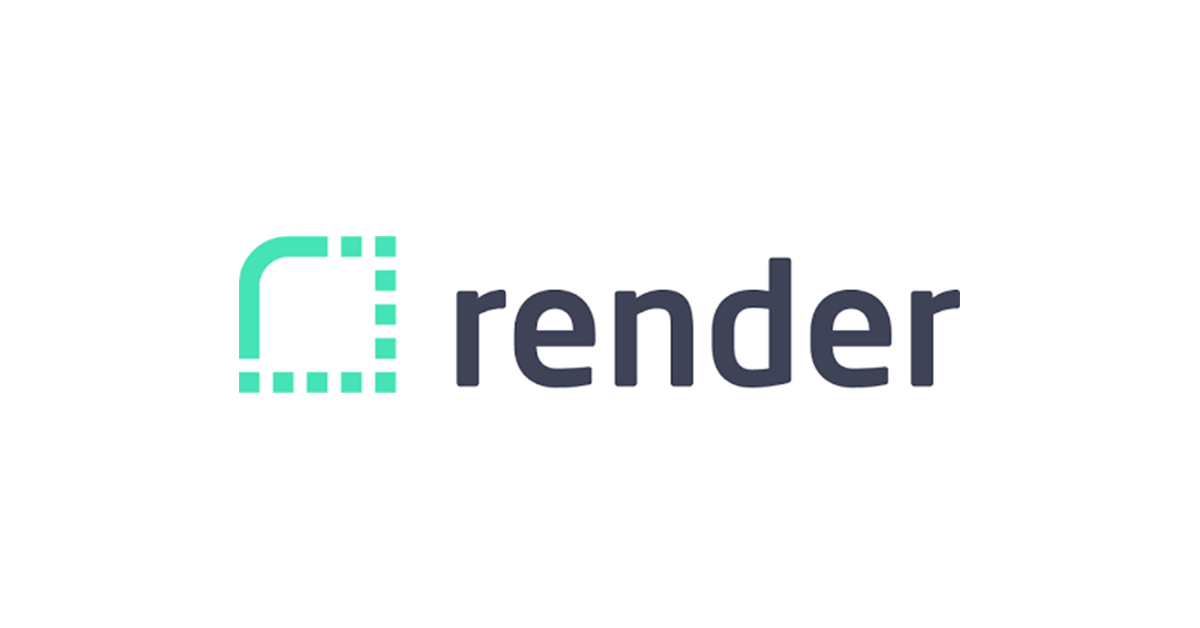How I Deployed My Django Application to Render and Solved Deployment Issues
 Macduff Olusa
Macduff Olusa
Recently, I faced the challenge of deploying my Django application to Render. Initially, I encountered several hurdles, but with persistence and some tweaks, I managed to get it up and running smoothly. Here’s a step-by-step recount of my experience, which might help others facing similar issues. Plus, I'm thrilled to start my HNG internship, where I plan to apply these skills and learn even more!
Preparing My Django Project for Deployment
Installing Required Packages
First, I ensured my project had all the necessary packages for deployment listed in my requirements.txt file. These included:
Djangogunicorn(WSGI HTTP Server)whitenoise(for serving static files)
To generate the requirements.txt file, I ran:
bashCopy codepip freeze > requirements.txt
Configuring settings.py for Production
Next, I updated my settings.py file to handle production settings:
Allowed Hosts:
pythonCopy codeALLOWED_HOSTS = ['my-render-app-url.onrender.com']Static Files:
pythonCopy codeSTATIC_ROOT = os.path.join(BASE_DIR, 'staticfiles')Whitenoise Middleware: I added
whitenoise.middleware.WhiteNoiseMiddlewareto theMIDDLEWAREsetting:pythonCopy codeMIDDLEWARE = [ 'django.middleware.security.SecurityMiddleware', 'whitenoise.middleware.WhiteNoiseMiddleware', ... ]
Creating a Render Account and New Web Service
I went to Render and created an account. From the dashboard, I clicked on the "New" button and selected "Web Service".
Connecting My Repository
Render supports GitHub, GitLab, and Bitbucket. I selected my repository where my Django project was hosted and chose the branch I wanted to deploy from.
Configuring Render Deployment Settings
Environment: I chose the runtime environment. For Django, this is typically a Python environment.
Build Command: I set the build command to install my dependencies:
bashCopy codepip install -r requirements.txt
Start Command: I set the start command to run my application with Gunicorn:
bashCopy codegunicorn my_project_name.wsgi:application
Setting Up Environment Variables
I added necessary environment variables, such as DJANGO_SETTINGS_MODULE, SECRET_KEY, DATABASE_URL, etc.
Deploying the Application
Render automatically deployed my application based on the settings I configured. I monitored the build and deployment process through the Render dashboard, and it was exciting to see it go live!
Configuring the Database (Optional)
I was using PostgreSQL, so I configured it similarly:
Added a new database from the Render dashboard.
Updated my
settings.pywith the database configuration:pythonCopy codeDATABASES = { 'default': { 'ENGINE': 'django.db.backends.postgresql', 'NAME': 'my-database-name', 'USER': 'my-database-user', 'PASSWORD': 'my-database-password', 'HOST': 'my-database-host', 'PORT': 'my-database-port', } }
Example settings.py for Production
Here's how my settings.py looked after the changes:
pythonCopy codeimport os
import dj_database_url
SECRET_KEY = os.getenv('SECRET_KEY', 'my-secret-key')
DEBUG = False
ALLOWED_HOSTS = ['my-render-app-url.onrender.com']
INSTALLED_APPS = [
...
]
MIDDLEWARE = [
'django.middleware.security.SecurityMiddleware',
'whitenoise.middleware.WhiteNoiseMiddleware',
...
]
DATABASES = {
'default': dj_database_url.config(
default=os.getenv('DATABASE_URL')
)
}
STATIC_ROOT = os.path.join(BASE_DIR, 'staticfiles')
STATICFILES_STORAGE = 'whitenoise.storage.CompressedManifestStaticFilesStorage'
# Additional configurations...
Troubleshooting
Logs: I checked the logs on the Render dashboard whenever the deployment failed.
Debugging: I ensured all environment variables were correctly set.
Static Files: I made sure
collectstaticwas running andSTATIC_ROOTwas correctly set.
By following these steps, I was able to deploy my Django application to Render successfully. The process taught me a lot about handling deployment issues, and now I feel more confident in deploying future projects.
As I embark on my HNG internship, I'm excited to apply these skills and continue growing as a developer.
Happy deploying
Subscribe to my newsletter
Read articles from Macduff Olusa directly inside your inbox. Subscribe to the newsletter, and don't miss out.
Written by

Macduff Olusa
Macduff Olusa
DS/ML| WordPress Developer| Blockchain Enthusiast| Building web apps and writing Machine Learning models ❤⚡